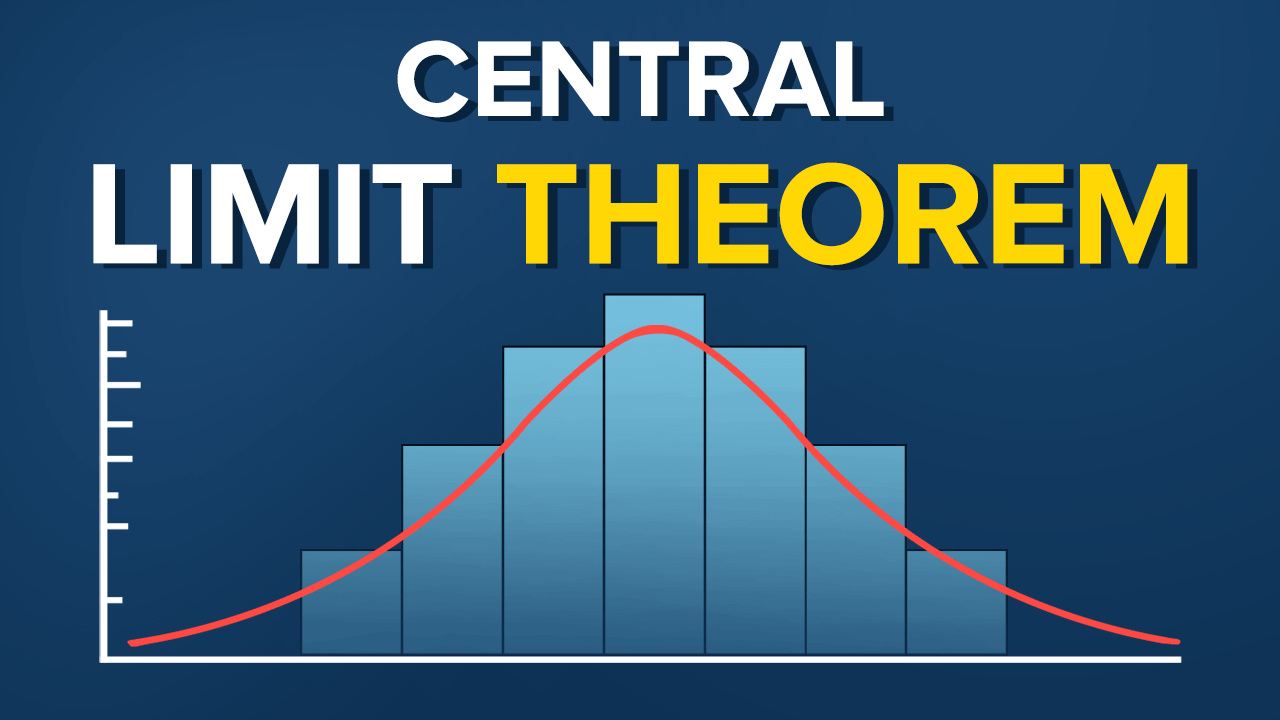The main idea in statistics is that you can tell something about a whole population by looking at a small sample. The central limit theorem is one way to test things like new medical drugs or the safety of bridges.
If you know some statistics, you might think of measuring the weight of 100 randomly selected people and then calculating the average of that group. However, there is a problem here too. After all, this number is supposed to give you an idea about everyone living in Istanbul. But are you sure that the people you include in this average reflect this? Perhaps you have chosen people who are too thin or overweight.
- Inflation in Europe: “I shower less to see my grandchildren”.
- China issues a military warning in response to Pelosi’s visit to Taiwan – FT
So, to get an idea of how representative your average is, you need to know something about how the average weight of the 100 people you have selected varies across the population. You can do this by taking other groups of 100 people, then calculating the average weight of these groups, and finally checking that all your results agree with each other.

Central Limit Theorem
According to the central limit theorem, regardless of the actual distribution of the data, as the sample size increases, the mean of a sample of data will be closer to the mean of the general population in question. To get a generally accurate estimate, simply weigh groups of 100 people between 30 and 50 and take their average.

The more samples you take, the more likely the result will be a normal distribution when you plot it on a graph. When we say normal distribution, the bell curve, which many of us have heard of, should come to mind. One of the most striking features of the normal distribution is its shape and perfect symmetry. If you fold such a graph exactly in the middle, you get two equal halves, each a mirror image of the other. And since the mean of this normal distribution is equal to the true average weight in the population, your observed mean is a good estimate of the true mean.
Why is the Central Limit Theorem Important?
The central limit theorem is often used in conjunction with the law of large numbers, which states that the mean of sample means and standard deviations will approach equality to the population mean and standard deviation as the sample size grows. This is extremely useful to accurately estimate the properties of populations.
Although this concept was first developed by Abraham de Moivre in 1733, it was not officially used until 1930, when the famous Hungarian mathematician George Pólya named it the central limit theorem.
It is the central limit theorem that gives precision to the art of statistical estimation and is also the reason behind the ubiquity of the normal distribution. However, the central limit theorem is actually a bit more mathematical than we have explained here. The central limit theorem has no formula of its own, but the calculations are based on the sample mean and standard deviation.


